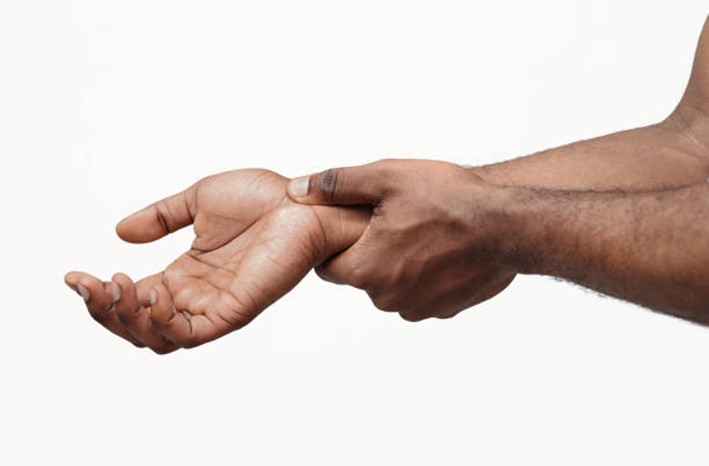Really, it’s yet another example of how things in the body are INTERCONNECTED – our muscles, cells, tissues, nerves, emotions, thoughts, and hormones are all constantly interacting and impacting each other. That’s why a MIND-BODY-SPIRIT approach is so important to addressing health concerns.
The psoas muscle may be the most important muscle in your body. Without this essential muscle group, you wouldn’t even be able to get out of the bed in the morning!
Your psoas muscles allow you to bend your hips and legs towards your chest, for example when you are going up stairs. They also help to move your leg forward when you walk or run.
The psoas originates from T12-L5 and passes through the pelvic to the lesser trochanter where it inserts.
On the other hand, the uterus/womb is located within the pelvic.
- If one sits for long hours the psoas gets to the shortened and maintains that state hence becoming short and tight.
- The nerves of the reproductive organs embed throughout iliopsoas, and a tight psoas may pin down the uterus, creating painful menstrual cramps. The ovaries, which can double in size during ovulation, also sit close to the psoas, especially if the uterus is retrograde. A tight psoas can cause pain in the ovaries, restrict blood flow, and impinge reproductive nerves.
A tight psoas can also cause pelvic pain and more on to that it can also cause the pelvic to rotate forward (Anterior pelvic tilt).
Here are some symptoms of a tight psoas:
- pain in the low back/hips
- leg length discrepancy
- postural problems (especially a low back that has a more extreme ‘C’ curve, or one that has almost no curve
- constipation
- severe menstrual cramps
- chronic chest breathing
- chronic fatigue
How to keep your psoas healthy.
- Avoid sitting for extended periods. Sit with good posture and be sure your hips are level or slightly higher than your knees. Avoid chairs without support for your low back.
- Take constructive rest. Releasing the psoas using a constructive rest position can help relieve tension caused but tight psoas.
- Add support to your car seat. Use a rolled up towel underneath your sit bones and/ or behind your lumbar spine to keep the psoas and hip sockets released. If you are traveling long distances, stop every 3 hours to stretch and walk around for 10 minutes.
- Lay off extreme exercise routines. But, if you are a power walker, distance runner or sprinter, or even if you do a lot of sit-ups, you may want to alternate your workouts.
- Consult your physiotherapist. A physiotherapist will rule out any other possibility and will take you through releasing your tight psoas and activation of the same.
COMPILED BY: Naomi Wausi
Physical Therapist
Spine Health and Sports Injury Clinic
0728008832/0780406755

